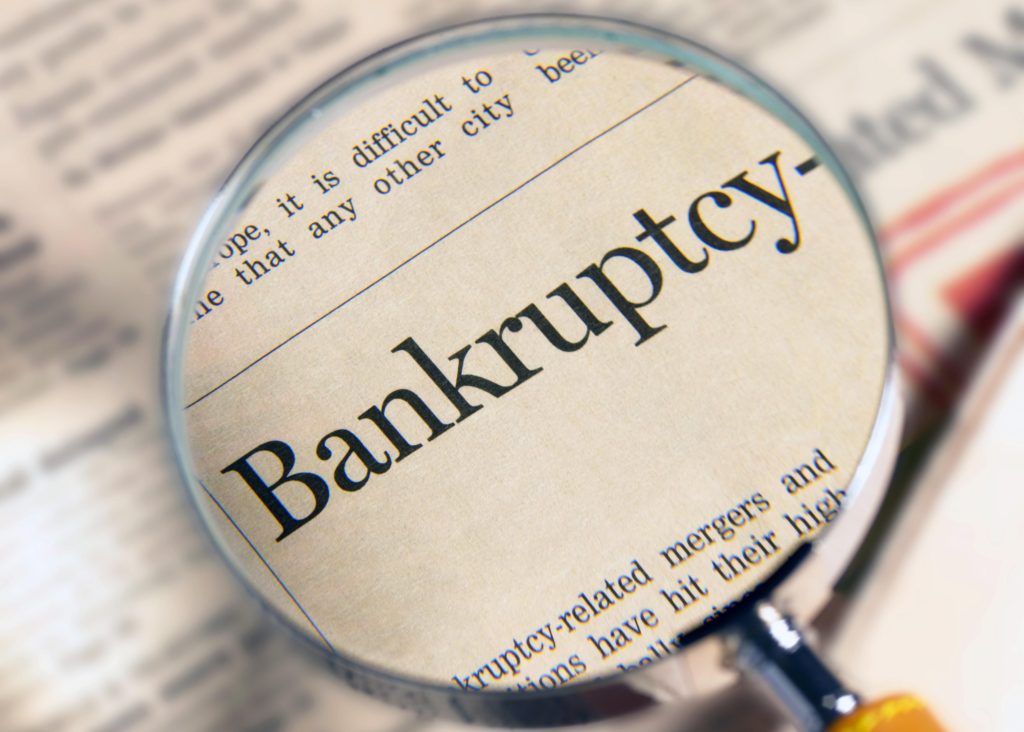
The number of student loan borrowers is astronomical. There are currently 44 million student loan borrowers owing approximately $1.5 trillion in student loan debt! The total student loan debt has more than doubled in the last ten years. Student loan debt now exceeds both automobile loans and credit card debt.
Student loan debt affects both young and old. Borrowers 50 years old or more owe $250 billion in student loan debt. Nearly ¾ of 2019 graduates owe an average of $30,000 in student loans.
Legislative Efforts
Congress has recommended that President Biden forgive up to $50,000 of federal student loan debt by executive order. However, President Biden has rejected this recommendation. He supports forgiving up to $10,000 of federal student loan debt. And, President Biden prefers that student loan debt forgiveness be accomplished by legislation rather than by executive order.
Adversary Proceeding
Currently an adversary proceeding must be filed in the bankruptcy case in order to discharge student loans. An adversary proceeding is a lawsuit within the bankruptcy case. An adversary proceeding often means more attorney fee costs for the debtor as it is a lot more work for her attorney. The added costs of the adversary proceeding deter some debtors from even attempting to discharge their student loans.
Undue Hardship
Debtor must show in the adversary proceeding that payment of the student loans would impose an “undue hardship” on her. The standard for “undue hardship” varies in different parts of the country. The Brunner Test applies to bankruptcy cases in Florida. Unfortunately, the Brunner Test is very difficult to meet.
Brunner Test
Debtor must satisfy all three requirements of the Brunner Test to discharge her student loan debt. Failure to satisfy just one of the following requirements will result in the student loan debt surviving the bankruptcy.
Standard of Living
First, debtor must show that payment of her student loans would cause her standard of living to fall below that which is minimally necessary. Courts often look at a debtor’s necessities when addressing this requirement. Can debtor pay her student loans and still afford to pay for shelter, utilities, food, transportation, health insurance, and modest recreation?
However, courts may rule against debtors on this requirement because the debtors pay for a “non-necessity.” For instance, some courts have ruled against debtors because they made voluntary contributions to retirement plans. Those courts held that retirement contributions were not necessary expenses. Accordingly, debtors making retirement contributions cannot show that payment of their student loans would cause their standard of living to fall below that which is minimally necessary.
Certainty of Hopelessness
Second, debtor must show that the circumstances causing the “undue hardship” will likely persist so that there is a certainty of hopelessness as to debtor repaying the student loans within the repayment period. The circumstances must persist for a significant period of time.
The courts will look at a debtor’s physical and mental disabilities, lack of marketable skills, and lack of assets when evaluating this requirement. Is debtor incapable of working due to a physical or mental disability? Is the degree obtained by debtor completely useless? Does debtor have any assets which may be used to pay the student loans?
Good Faith Effort to Repay
Third, debtor must show that she made a good faith effort to repay the student loans. A history of payments satisfies this requirement. And, an absence of any payment history will make it very difficult to satisfy this last requirement.
Conclusion
Some student loan relief may be coming from Congress later this year. However, any such relief will not solve the student loan crisis. Until Congress amends the Bankruptcy Code with regard to treatment of student loans, debtors continue to face a steep, up-hill battle when seeking to discharge student loans in bankruptcy.